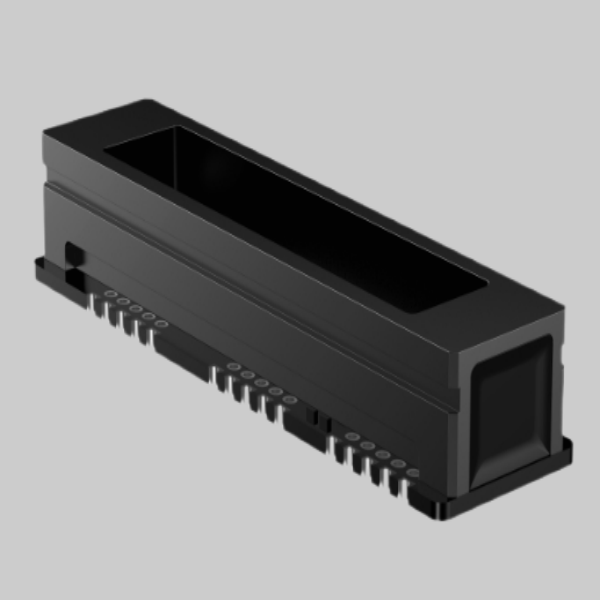

 News
News Industry News
Industry NewsThe core of the TX911-A household laser methane sensor lies in its advanced TDLAS (tunable semiconductor laser absorption spectroscopy) technology. It uses a laser of a specific wavelength (at about 3.33 microns) to accurately lock the "fingerprint absorption peak" of methane molecules, and any trace amount of methane leakage cannot escape its detection. Through the absorption intensity of the laser, the sensor can calculate the methane concentration, and once it exceeds the standard, it will immediately sound an alarm. This non-contact detection method is both fast and accurate, and it sets up the first line of defense for home safety.
Tensensor TX911-A household laser methane sensor not only independently develops, produces, and tests lasers and detectors, but also has full control over the entire chain; it also complies with the national standard GB/T 34004-2017/GB 15322.2-2019. The product has a sophisticated design and is easy to install, making it convenient for integrated application of household laser methane alarms.
1. High selectivity and anti-interference ability
Laser sensor: Based on infrared absorption spectroscopy technology (such as TDLAS), it is only sensitive to the specific absorption wavelength of methane molecules (such as 1653nm), and is almost not interfered by other gases (such as alcohol, VOC, humidity), with extremely low false alarm rate.
2. Long-term stability and low maintenance
Laser sensor: Adopting optical principle, no chemical material consumption, life span can reach 5-10 years, long-term use sensitivity is almost unchanged, no frequent calibration is required.
3. Fast response and real-time monitoring
Laser sensor: short response time (<1 second), real-time continuous monitoring, suitable for detecting sudden leaks.
4. Wide range and high precision
Laser sensor: can detect full-range concentration from **ppm level to lower explosion limit (LEL)**, with good linearity, suitable for trace leak warning.
5. Environmental adaptability
Laser sensor: resistant to high humidity, dust, temperature fluctuations (-40℃~70℃), suitable for complex environments such as kitchens and basements.
6. Intrinsic safety
Laser sensor: no risk of electric sparks (low power consumption, optical signal detection), suitable for flammable and explosive environments.
7. Intelligence and digitization
Laser sensor: directly outputs digital signals, supports networking, remote monitoring and data storage, and is easy to integrate into smart home systems.
Summary: Applicable scenarios and cost considerations
Laser sensor: suitable for families with high requirements for safety and stability, especially in gas pipelines and leak-prone scenarios. Although the initial cost is high (about 2-3 times that of semiconductor sensors), the long-term maintenance cost is low.

For home security, laser methane sensors are a better choice due to their reliability, accuracy and maintenance-free performance.